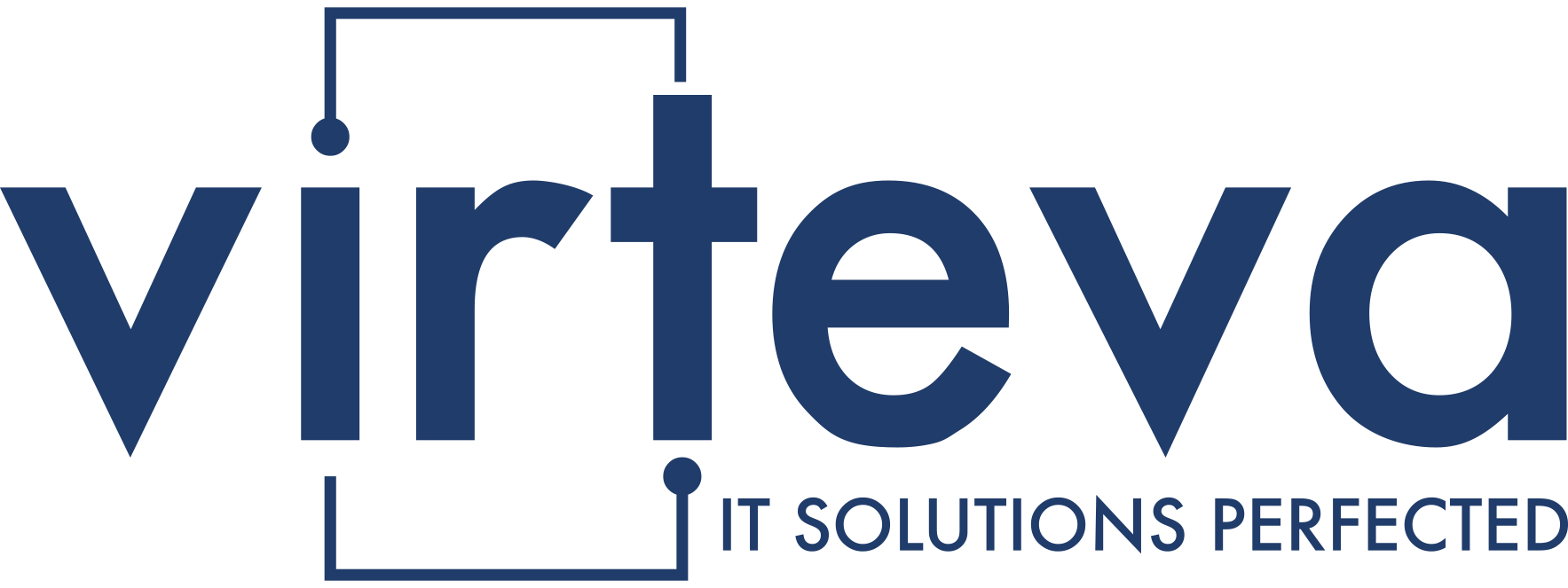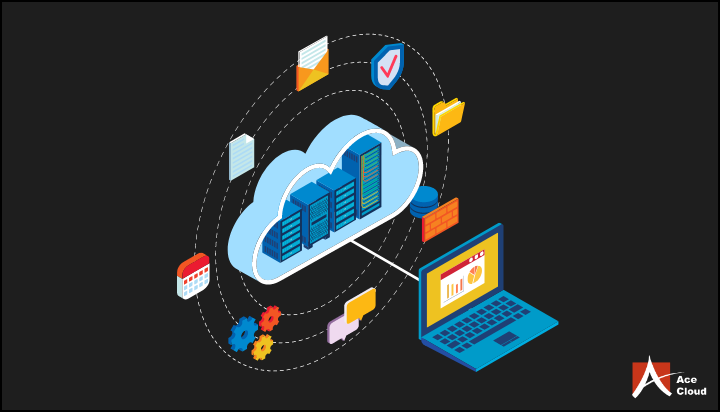Remote working threw a wrench into most security apparatus and guidelines – everything was tossed in the air, and companies had to scramble to make a cohesive, easy-to-implement MO to handle the risks inherent with folks working off-site – and it all starts with a strong foundation in End-User Computing (EUC).
This article will give organizations practical strategies and advanced solutions to optimize EUC. Our focus? Ensuring your remote teams have the tools they need to be highly productive, with robust security measures in place. It’s all about maximizing user satisfaction and building a successful work environment, one that is safe, regardless of where your staff is at.
Remote Work and the Critical Role of End-User Computing – EUC
The rise of remote work is here to stay – it’s no longer a trend but a paradigm – driven by factors like technological advancements and a growing desire for work-life balance. To support this shift, End-User Computing (EUC) has emerged as a critical factor. EUC solutions, encompassing cloud computing, virtualization, and mobile access, empower geographically dispersed teams by providing secure and flexible access to essential applications and data from any device. This ensures productivity remains high while enabling a successful work-from-anywhere model.
What is End-User Computing?
EUC is a combination of technologies, policies, and processes that enable users to access and utilize computing resources to perform their tasks. It empowers them to work without relying heavily on IT departments for everything.
Components
- Client Devices: These are the physical tools users interact with, like laptops, desktops, tablets, and even smartphones.
- Software & Applications: Includes everything from productivity suites to specialized tools for specific tasks. EUC can encompass cloud-based applications, mobile apps, and traditional desktop software.
- Delivery Methods: EUC utilizes various techniques to get applications and data to users:
- Desktop Virtualization – VDI: Creates a virtual desktop environment hosted on a central server. Users access this virtual desktop remotely from their client devices, offering a consistent experience regardless of the physical machine they use.
- Application Virtualization: Individual applications are virtualized and streamed to user devices. Here, the user doesn’t interact with a full desktop environment, only the specific applications they need.
- Mobile Computing: EUC embraces the growing importance of mobile devices by providing secure access to corporate applications and data through smartphones and tablets.
- Security & Management: EUC includes security measures to protect data and systems, as well as user management tools to ensure everyone has the right access to what they need.
EUC — Personalized Computing Experience to Remote Employees
Device Flexibility
EUC doesn’t restrict employees to a specific company-issued device. As long as their device meets security and compatibility standards, they can use their preferred laptop, tablet, or even smartphone to access work resources.
Application Access Tailored to Roles
EUC allows IT teams to grant access to specific applications based on an employee’s role. This personalized access streamlines the user experience and reduces clutter by only providing the tools each employee needs to be productive.
Desktop Configuration Options
Employees might be able to personalize their desktop layout, quick access tools, or even install specific approved applications within their virtual workspace, creating a familiar and comfortable work environment.
Location Independence
EUC empowers employees to work from anywhere with an internet connection. This allows them to choose a work environment that suits them, fostering a sense of autonomy, potentially leading to increased productivity.
Integration with Personal Tools
Some End-User Computing tools allow secure integration with personal cloud storage platforms or communication tools. This can improve user experience by enabling a smooth workflow that incorporates familiar tools alongside work applications.
How to Optimize End-User Computing for Remote Workforces?
Building a successful remote work environment hinges on a strong EUC foundation. Here’s a breakdown of some End-User Computing solutions to optimize your infrastructure:
Assess Current Infrastructure
Before diving in, take stock of what you have. This includes:
- Inventorying Existing Assets: Catalog your current hardware, software licenses, and existing EUC solutions.
- Identifying Needs and Gaps: Analyze your remote workforce’s requirements and compare them to your current capabilities.
Upgrade and Standardize Hardware
- Invest in reliable hardware for your core infrastructure.
- Consider standardizing on specific laptop models for easier deployment and management if providing company-issued devices.
Leverage Cloud Computing
Migrate applications and data storage to the cloud whenever possible. This reduces reliance on physical hardware, simplifies access for remote users, and ensures automatic updates.
Implement Virtual Desktop Infrastructure – VDI
VDI creates a secure virtual desktop environment that is accessible from any device. This provides a consistent user experience regardless of physical hardware and enhances security by centralizing data and applications.
Enhance Network Security and Access
- Implement robust security measures like firewalls, intrusion detection systems, and multi-factor authentication (MFA) to protect your network and data from unauthorized access.
- Utilize secure access solutions like VPNs (Virtual Private Networks) to create a secure tunnel for remote users to access company resources.
Optimize Connectivity and Bandwidth
- Ensure your internet connection has sufficient bandwidth to support a remote workforce accessing cloud-based applications and collaborating online.
- Consider traffic shaping or bandwidth prioritization tools to ensure critical applications have the resources they need to run smoothly.
Focus on User Training and Support
- Provide comprehensive training on the new EUC tools and processes for your remote employees.
- Establish a robust remote support system to address user queries and troubleshoot any technical issues promptly.
Regular Feedback and Continuous Improvement
- Gather regular feedback from your remote workforce about their EUC experience. This can identify areas for improvement and ensure your EUC strategy adapts to evolving needs.
- Continuously monitor and analyze your EUC performance. This allows you to proactively address issues and make informed decisions about future upgrades or adjustments.
It’s No Longer a Choice
Right now, optimizing End-User Computing (EUC) is no longer a choice but a necessity – as critical as oxygen. A well-designed EUC strategy empowers your geographically dispersed workforce with the tools and resources they need to be productive and secure.
By streamlining access to applications, leveraging cloud solutions, and prioritizing user experience, you can unlock a range of benefits. Imagine a workforce that can work seamlessly from anywhere, unhindered by hardware limitations. Furthermore, robust EUC solutions with multi-factor authentication and secure access protocols significantly enhance data security, protecting your organization from cyber threats.
Remember, the EUC landscape is constantly evolving. By fostering a culture of continuous improvement and adaptation, you ensure your EUC strategy remains dynamic and responsive to the changing needs of your remote workforce. Invest in optimizing your EUC environment and reap the rewards of a more productive, secure, and future-proof remote work model.




